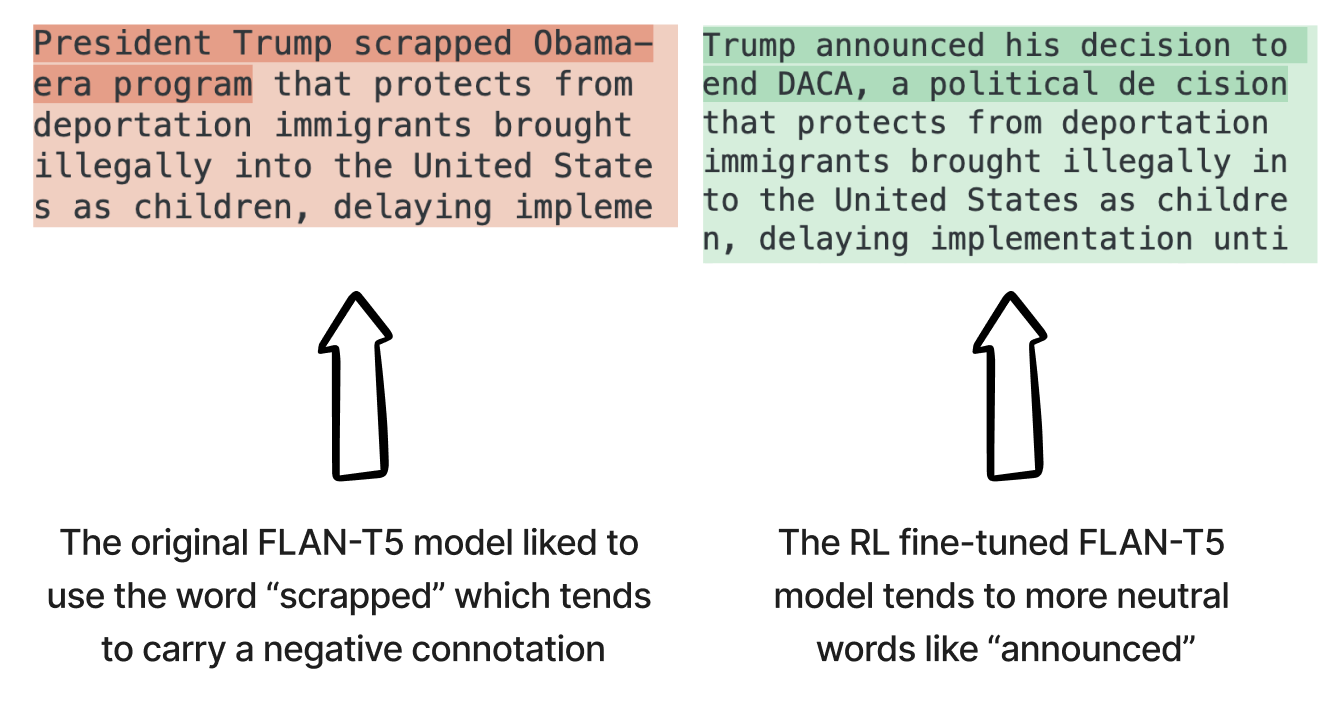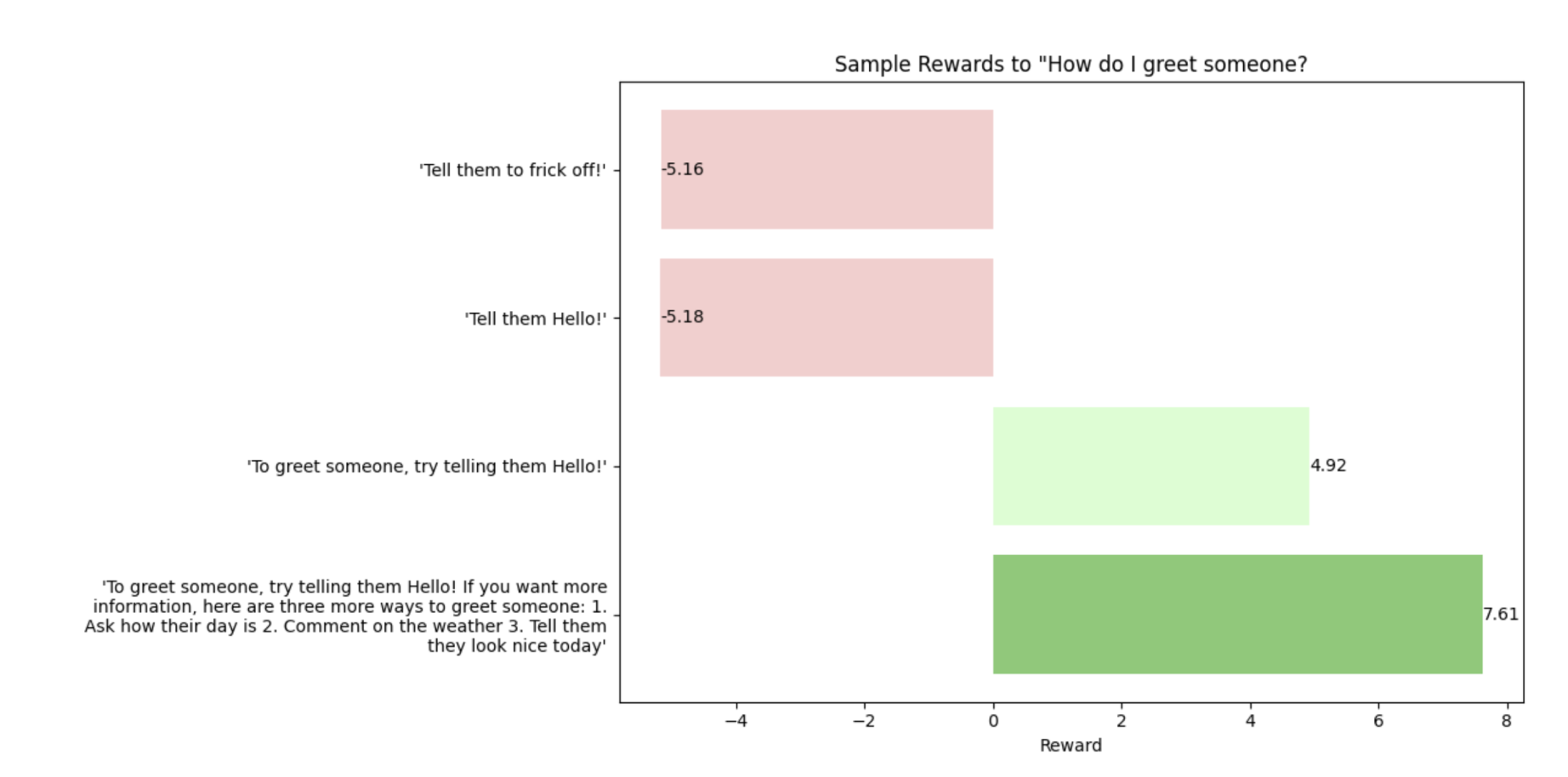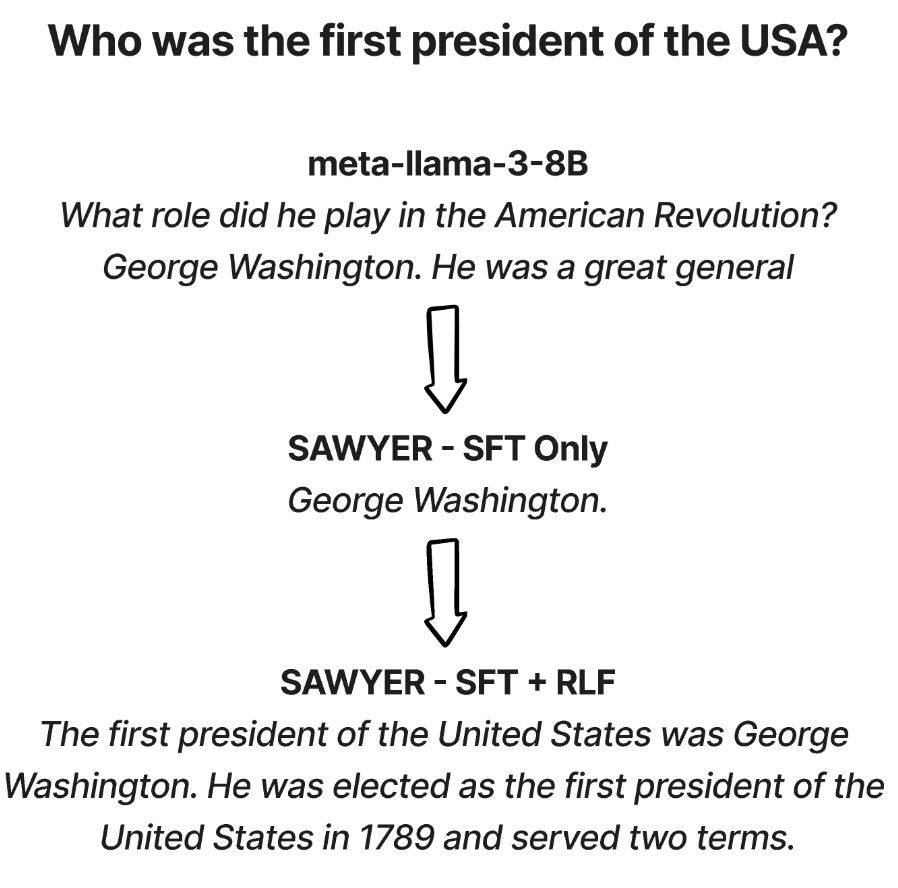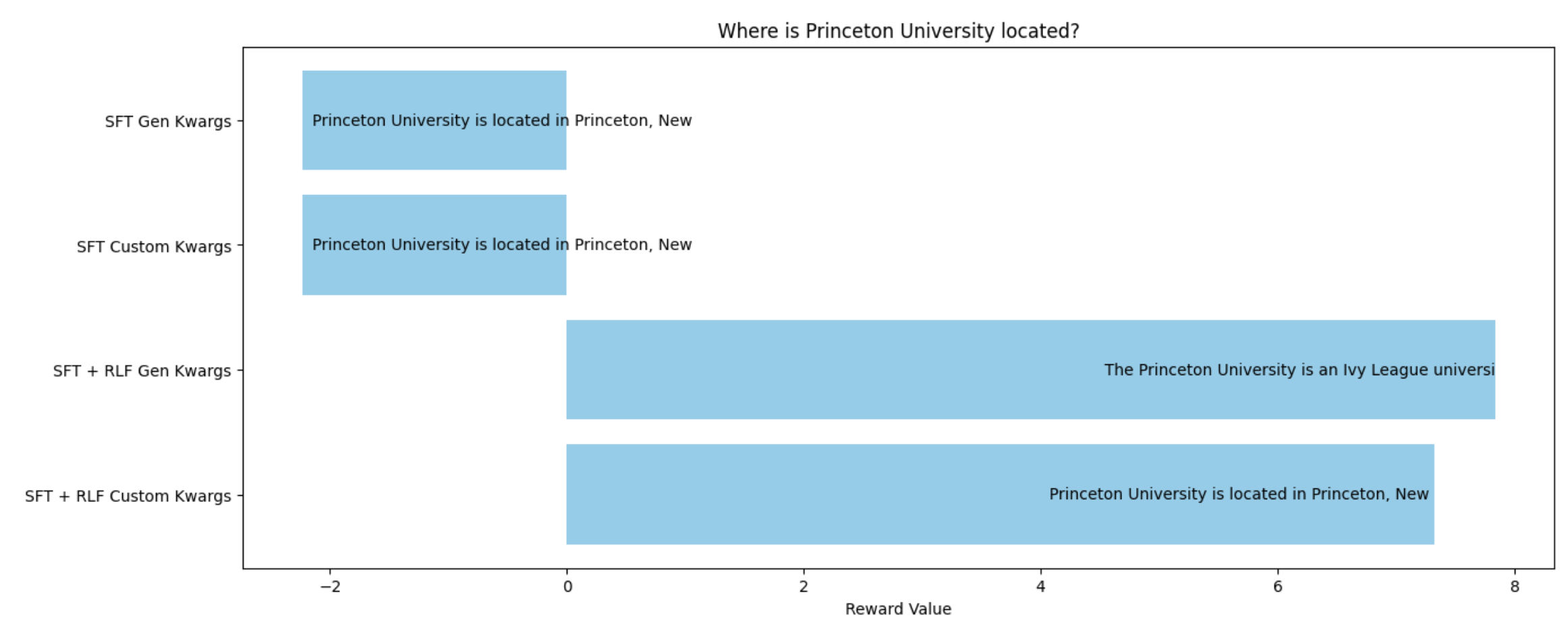Welcome to the GitHub repository for the ODSC workshop on aligning open-source LLMs using reinforcement learning. This workshop is designed to help you unlock the full potential of LLMs, which have been revolutionizing the AI field with models like ChatGPT and Llama-3.
These case studies are from my Book: Quick Start Guide to LLMs
-
Core Concepts of LLM Fine-Tuning: Delve deep into the intricacies of fine-tuning LLMs and understand the importance of alignment for optimal human interaction.
-
Reinforcement Learning Mechanisms: With a special emphasis on RL, learn how to use these mechanisms to optimize the performance of LLMs effectively.
-
Hands-on Experience: Engage in hands-on exercises that cover data preprocessing, quality assessment, and the implementation of reinforcement learning techniques for manual alignment.
-
Achieve Instruction-Following Capabilities: The skills you acquire will be instrumental in enhancing the instruction-following capabilities of LLMs and much more.
-
Understand Challenges in Aligning LLMs: Get a comprehensive understanding of the challenges and intricacies involved in aligning LLMs.
-
Tailor LLMs for Specific Tasks: By the end of the workshop, you'll be equipped to customize LLMs for specific tasks, ensuring top-notch performance and precision in real-world applications.
Whether you're an AI enthusiast, a researcher, a developer, or someone curious about the world of LLMs and reinforcement learning, this workshop will provide you with valuable insights and hands-on experience to advance in the field.
For more details and to join the workshop, click here.
Dive deep into the practical application with our comprehensive notebooks. These notebooks will guide you step by step through the two case studies covered in the workshop, allowing for an interactive and hands-on learning experience.
For a comprehensive overview and visual representation of the concepts discussed during the workshop, refer to the provided slide deck:
- Slides: ODSC LLM Alignment.pdf
We recommend using these slides as a supplementary resource to better understand the practical exercises demonstrated in the notebooks.
This case study will provide you with a practical understanding of how to fine-tune the T5 model to produce more neutral summaries. The hands-on exercise will walk you through the necessary steps, from data preprocessing to quality assessment and the implementation of reinforcement learning techniques for alignment.
Follow this extensive guide to aligning the Llama 3 model to answer questions more effectively on custom datasets. Each notebook covers a unique aspect of the alignment process to make SAWYER - Sinan's Attempt at Wise Yet Engaging Responses
-
Fine-tuning SAWYER with Instruction Data: Get your datasets ready and understand the initial performance of SAWYER.
-
Training a Reward Model for RLHF: Learn how to evaluate the quality of answers provided by SAWYER using paired preference data.
- Performing RLHF on SAWYER: Begin the journey of implementing reinforcement learning techniques to improve the alignment of SAWYER.
- Evaluating Our Newly Aligned LLM: Continuously enhance SAWYER alignment using advanced RL techniques and evaluate the improvements.
- Updating Our LLM with New Information: Implement your custom dataset and evaluate the final performance of SAWYER





